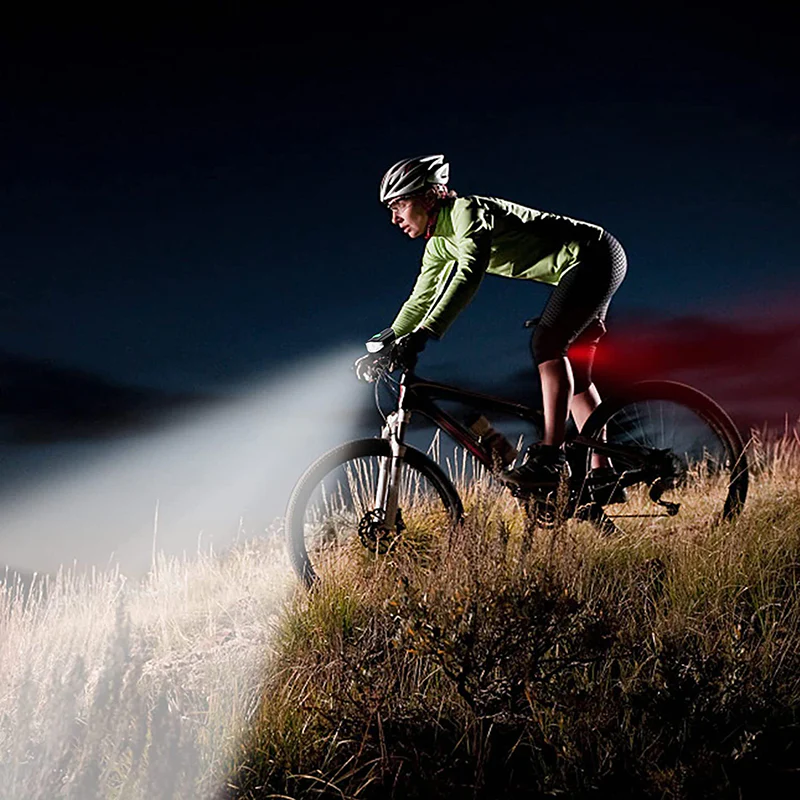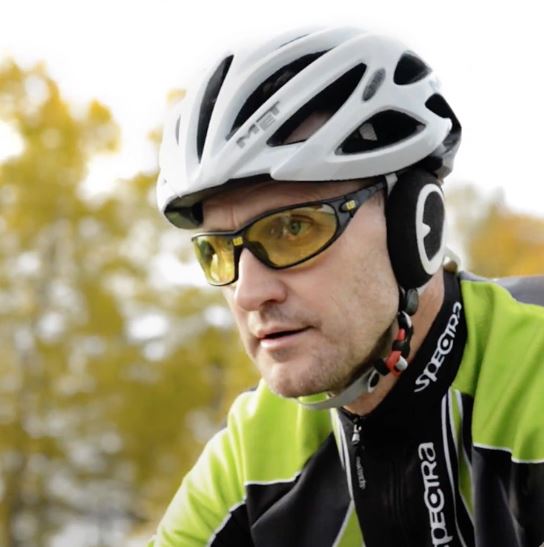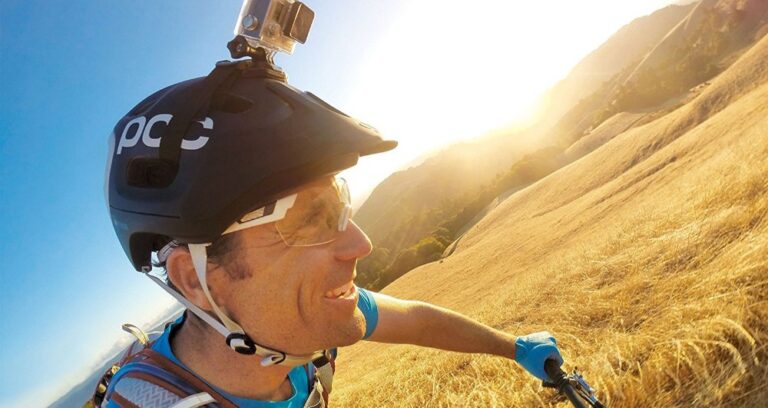Gravel Bike Helmet for Night Riding: Illuminating the Path to Safety

Key Point Summary of Gravel Bike Helmet for Night Riding:
- Enhanced Visibility: Helmets with integrated lights and reflective materials ensure visibility during night rides.
- Safety Standards: Prioritize helmets that meet rigorous safety standards, essential for night biking.
- Comfort and Fit: Essential for long night rides, ensuring the helmet remains secure and comfortable.
- Battery Life and Reliability: Choosing helmets with long-lasting, reliable lighting systems.
- Maintenance and Durability: Understanding care routines to maintain the helmet’s integrity and lighting functionality.
As someone who’s spent years racing and riding across various terrains on mountain bikes, gravel bikes, and cyclocross bikes, I’ve learned a thing or two about the importance of the right gear, especially when it comes to night riding. Night rides on gravel paths have their unique charm and challenges, and the right helmet can make all the difference. Let’s dive into what makes a gravel bike helmet ideal for night riding.
The Importance of Enhanced Visibility
Night riding demands heightened visibility, not just for you to see the path ahead but also to be seen by others. Helmets equipped with integrated lights or reflective materials are a game-changer. I recall a night ride where my helmet’s front light made me visible to an oncoming rider on a narrow path, preventing a potential collision.
Adhering to Safety Standards
Safety is paramount, more so when riding at night. A helmet that meets recognized safety standards can be the difference between a minor mishap and a serious injury. I always make sure my night riding helmet is certified and tested for impact resistance.
Comfort and Fit: The Long Ride Essentials
For those long, moonlit rides, a well-fitting and comfortable helmet is key. I prefer helmets with adjustable straps and adequate padding that stay in place even on bumpy trails. Remember, an ill-fitting helmet can be a distraction, and that’s the last thing you want at night.
Battery Life and Reliability: A Vital Consideration
The effectiveness of a night-riding helmet hinges on its lighting system. A helmet with a long-lasting and reliable light source is crucial. It’s not just about the brightness but also the battery life. There’s nothing more nerve-wracking than your helmet light dying mid-ride in the dark.
Maintenance and Durability
Maintaining a helmet with integrated lights requires a bit more care. Regular checks and proper storage ensure both the helmet and its lighting components stay functional. I always make a habit of checking the lights and charging the batteries before any night ride.
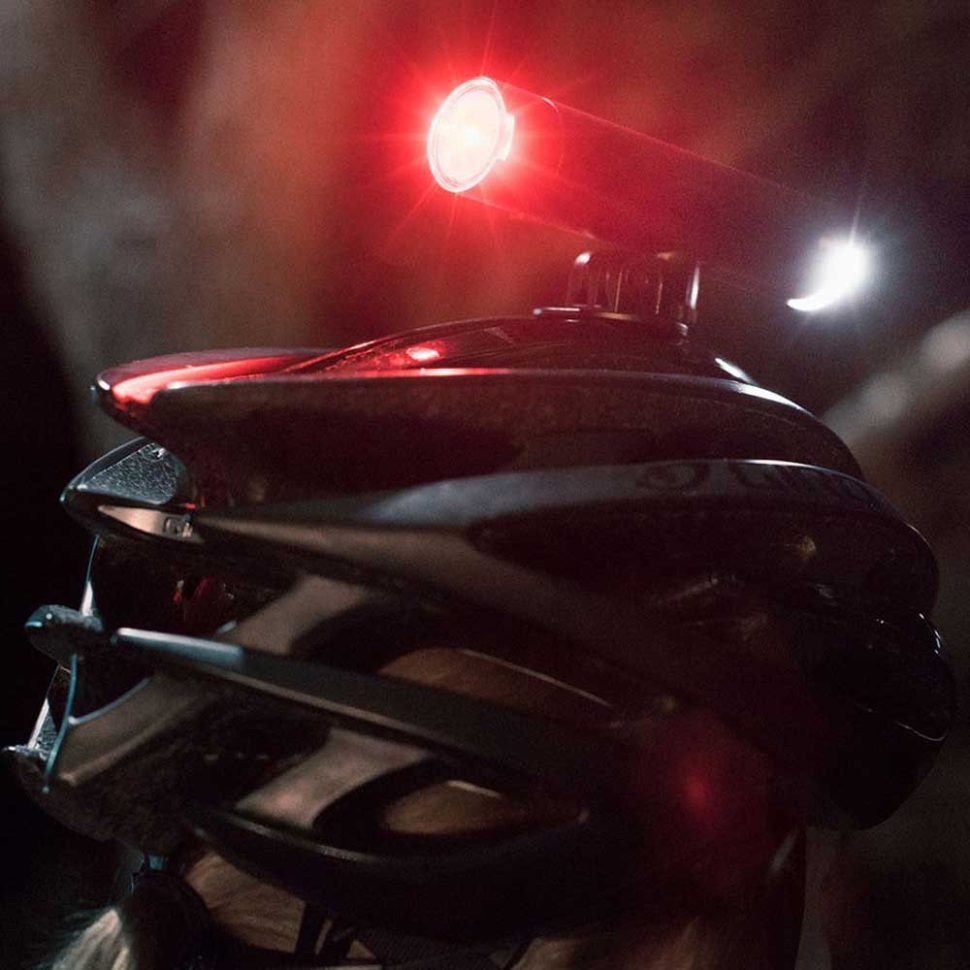
The Vital Role of Lighting
On moonless nights, when the trails are shrouded in darkness, the importance of a helmet with integrated lighting becomes starkly evident. These lights do more than illuminate the path; they become your primary guide through the unpredictable terrain of gravel paths. There’s a certain reassurance in the steady beam of light cutting through the darkness, guiding your way, and alerting others of your presence.
Safety in Solitude
Gravel biking at night often means riding in solitude. In such scenarios, the helmet becomes your silent guardian. Choosing a helmet that not only protects your head but also increases your visibility to occasional passersby or vehicles is crucial. It’s a blend of personal safety and proactive visibility.
Comfort is King
On one of my longer night escapades, I truly appreciated my helmet’s comfortable fit. Hours into the ride, I barely noticed it was there, allowing me to focus on the ride and the beautiful night scenery.
The Reliability Factor
There was this one time when my helmet’s light started flickering unpredictably. It taught me the importance of not just the brightness but the reliability of the lighting system. Since then, I’ve always chosen helmets with dependable, high-quality lights.
A Learning Curve
Learning to maintain and manage the lighting system of my helmet was a journey. From understanding battery life to replacing bulbs and keeping the lens clean, each aspect was crucial for ensuring a safe and enjoyable night ride.
Navigating the Unexpected
Gravel paths are known for their surprises – sudden turns, unexpected dips, and loose stones. At night, these elements are magnified. A helmet equipped with a robust lighting system helps in anticipating these challenges, allowing for a safer and more controlled ride.
The Comfort Factor in Cold Nights
Night rides can get chilly, especially in certain climates. A helmet that balances ventilation with warmth becomes essential. I’ve found that helmets with adjustable ventilation systems are particularly beneficial, allowing for temperature regulation depending on the weather.
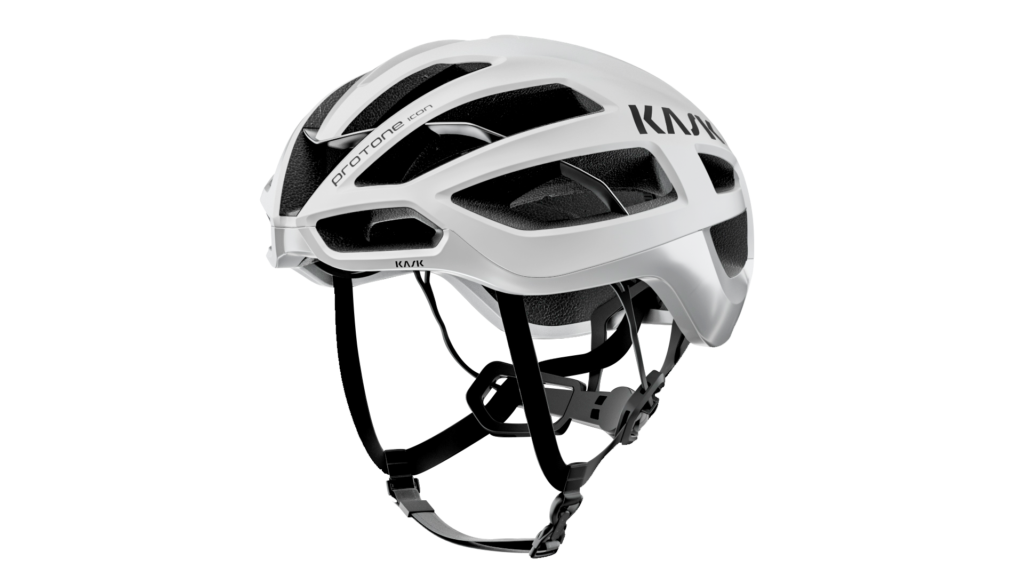
Technology Integration
Modern night riding helmets often come with additional technological features like rear lights, side indicators, or even Bluetooth connectivity. These features not only add to the safety aspect but also enhance the overall riding experience, allowing for things like music or navigation without compromising attention to the trail.
Narrowing down to five models, here are some notable helmets well-suited for night gravel biking, each with unique features that enhance safety and visibility during nocturnal rides:
- Specialized Centro LED Helmet: This helmet is appreciated for its integrated LED tail light. It offers enhanced visibility, which is crucial for night riding, and it’s known for its comfort and adjustable fit.
- Kask Protone Helmet: While the Kask Protone doesn’t come with integrated lights, it’s renowned for its lightweight design, comfort, and excellent aerodynamics. It’s a great option for attaching clip-on lights for night riding.
- Giro Bexley MIPS Helmet: Featuring an integrated rear light and a flip-down visor, this helmet is a solid option for both urban commuting and gravel night riding. Its MIPS technology adds an extra layer of safety.
- Bontrager Specter WaveCel Helmet: Compatible with Bontrager’s Blendr accessory mount system, this helmet allows for easy attachment of lights. Although it doesn’t have built-in lights, its WaveCel technology offers advanced brain protection.
- POC Omne Eternal: Innovative for its self-powered auto illumination technology, the POC Omne Eternal is ideal for those who prefer a helmet that requires no charging while offering excellent visibility.
Each of these helmets offers a combination of safety features, comfort, and enhanced visibility, making them suitable choices for night gravel biking. Remember to consider factors like fit, comfort, and personal preferences when making your selection.
Final Thoughts
Choosing the right helmet for night gravel biking is about balancing visibility, safety, comfort, and reliability. As we embrace the tranquil and exhilarating world of night riding, let’s equip ourselves with the right gear to make these adventures safe and memorable. A well-chosen helmet not only protects but also enhances the entire night riding experience.
Here’s to many safe and illuminated rides under the stars!
John
FAQ
What kind of helmet do you wear on a gravel bike?
On a gravel bike, it’s best to wear a helmet that is lightweight, offers good ventilation, and provides ample protection. Many gravel riders prefer helmets with features like an adjustable fit, extended coverage for added safety, and compatibility with sunglasses or goggles. Options with MIPS (Multi-directional Impact Protection System) technology are also popular for enhanced protection.
How do I choose a gravel helmet?
To choose a gravel helmet, consider factors like comfort, fit, ventilation, weight, and safety features such as MIPS technology for added protection. Ensure the helmet is certified for impact resistance, fits snugly but comfortably, and provides adequate airflow for long rides. Compatibility with sunglasses or goggles can also be a plus.
What is the best material for a bike helmet?
The best material for a bike helmet is expanded polystyrene (EPS) foam combined with a polycarbonate shell. This combination offers a balance of lightweight comfort and high-impact protection, effectively absorbing shock upon impact. Some high-end helmets also incorporate advanced materials like carbon fiber or MIPS technology for added safety and protection.
Is Giro a good bike helmet?
Yes, Giro is a reputable brand known for producing high-quality bike helmets that offer good comfort, fit, and safety features, including models with MIPS technology for added protection.
